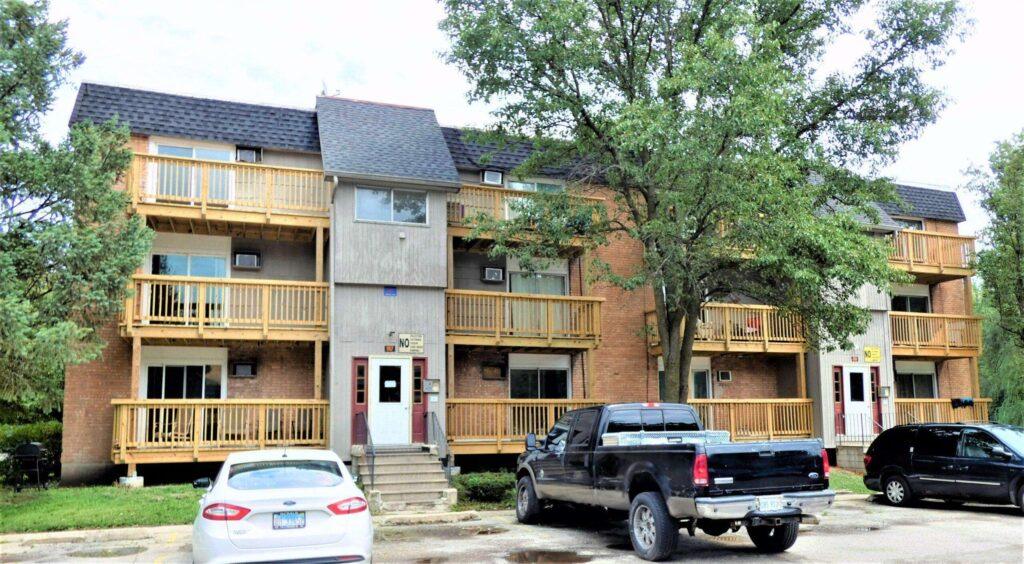eXp World Holdings, Inc. (Nasdaq: EXPI), the holding company for eXp Realty®, Virbela and SUCCESS® Enterprises, today announced it ranked No. 350 on the Deloitte Technology Fast 500™, citing its 369% revenue growth over last year.
Commercial property rates are expected to stabilize – aside from office space – and commercial real estate will revitalize, according to NAR Chief Economist Lawrence Yun.
eXp Commercial, the fastest-growing national commercial real estate brokerage firm, announced the sale of a 12-unit multifamily property located at 557-559 Ashland Ave. in Aurora, IL, for $1,395,000. The property was exclusively listed and sold by Randolph Taylor, CCIM Senior Associate and Commercial Real Estate Broker with the eXp Commercial Chicago office. Randolph can be contacted at [email protected] | (630) 474-6441
Always the industry’s golden child, multifamily transactions are expected to pick up in mid-2024,
In a slower market environment where every transaction counts, eXp’s agents in the U.S. significantly outperformed the market during the third quarter. This outstanding performance speaks to the differentiated nature of eXp’s platform and the power of our unique, success-oriented culture.
The passage of the Tax Cuts and Jobs Act (TCJA) in 2017 significantly changed the rules for bonus depreciation by allowing businesses to immediately write off 100% of the cost of eligible property acquired and placed in service after September 27, 2017






